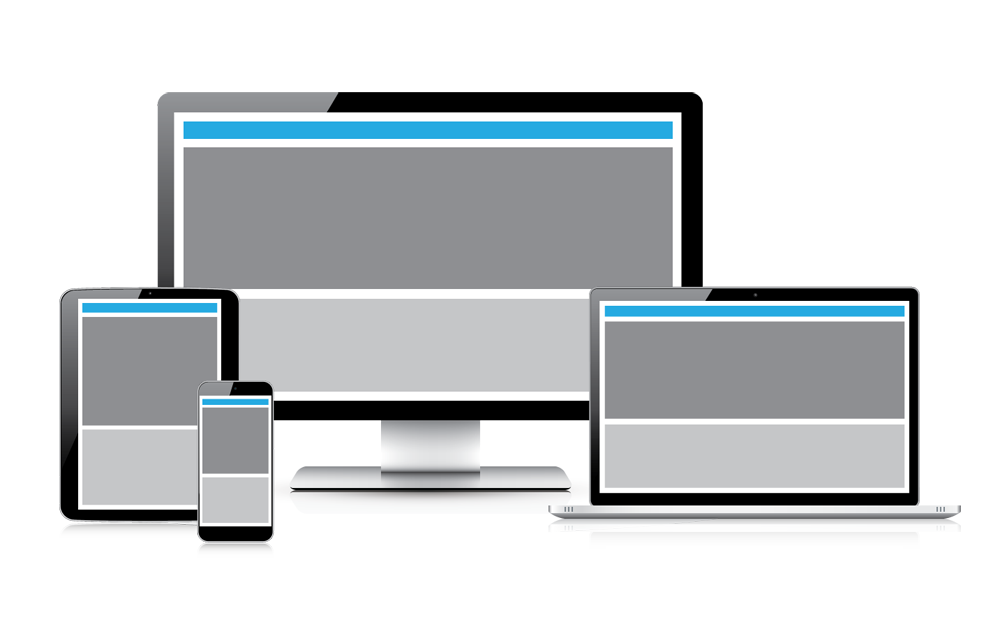Get a step ahead of your competitors by creating an unbeatable customer...
-
Software Services
Software Services
- Workflow and Design Strategy Consulting
- Application Design & Development
- Application Modernization
- Application Integrations
- Custom Portals & Websites
- Data Management & Migration
- Enterprise Resource Planning
- Custom Sales Platforms
- Microsoft Access Migrations
- Cloud Migrations
- Custom Support Services
- eLearning Solutions
Recent Blog
 5 Benefits Of A Self-Service Portalread more
5 Benefits Of A Self-Service Portalread more -
Field Services
Field Services
Recent Blogs
 5 Benefits Of A Self-Service Portalread more
5 Benefits Of A Self-Service Portalread moreGet a step ahead of your competitors by creating an unbeatable customer...
-
Financial Services
Financial Services
Recent Blog
 5 Benefits Of A Self-Service Portalread more
5 Benefits Of A Self-Service Portalread moreGet a step ahead of your competitors by creating an unbeatable customer...
- Technologies
- Case Studies
-
About
Recent Blog
 5 Benefits Of A Self-Service Portalread more
5 Benefits Of A Self-Service Portalread moreGet a step ahead of your competitors by creating an unbeatable customer...
- Let's Connect
-
Software Services
- Workflow and Design Strategy Consulting
- Application Design & Development
- Application Modernization
- Application Integrations
- Custom Portals & Websites
- Data Management & Migration
- Enterprise Resource Planning
- Custom Sales Platforms
- Microsoft Access Migrations
- Cloud Migrations
- Custom Support Services
- eLearning Solutions
- Field Services
- Financial Services
- Technologies
- Case Studies
- About
- Let's Connect
-
Software Services
Software Services
- Workflow and Design Strategy Consulting
- Application Design & Development
- Application Modernization
- Application Integrations
- Custom Portals & Websites
- Data Management & Migration
- Enterprise Resource Planning
- Custom Sales Platforms
- Microsoft Access Migrations
- Cloud Migrations
- Custom Support Services
- eLearning Solutions
Recent Blog
 5 Benefits Of A Self-Service Portalread more
5 Benefits Of A Self-Service Portalread moreGet a step ahead of your competitors by creating an unbeatable customer...
-
Field Services
Field Services
Recent Blogs
 5 Benefits Of A Self-Service Portalread more
5 Benefits Of A Self-Service Portalread moreGet a step ahead of your competitors by creating an unbeatable customer...
-
Financial Services
Financial Services
Recent Blog
 5 Benefits Of A Self-Service Portalread more
5 Benefits Of A Self-Service Portalread moreGet a step ahead of your competitors by creating an unbeatable customer...
- Technologies
- Case Studies
-
About
Recent Blog
 5 Benefits Of A Self-Service Portalread more
5 Benefits Of A Self-Service Portalread moreGet a step ahead of your competitors by creating an unbeatable customer...
- Let's Connect
-
Software Services
- Workflow and Design Strategy Consulting
- Application Design & Development
- Application Modernization
- Application Integrations
- Custom Portals & Websites
- Data Management & Migration
- Enterprise Resource Planning
- Custom Sales Platforms
- Microsoft Access Migrations
- Cloud Migrations
- Custom Support Services
- eLearning Solutions
- Field Services
- Financial Services
- Technologies
- Case Studies
- About
- Let's Connect
Responsive Design Changing the Way Apps Get Built and Maintained

In the early days of mobile application development, back in 2007 and 2008, life was simple: Write a native application for the iPhone. Test the application on the iPhone. Release the application to the App Store.
As time wore on, things started to get marginally more complicated as Apple released new iPhones, new versions of iOS, and then tablets. Today, the Apple product line is sufficiently big that it is getting more difficult to develop and test a single app against all hardware and software configurations.
If the orderly roll out of Apple products is causing problems, the chaotic Android world is exponentially more challenging. A development team working on an Android app has to deal with a host of devices from a slew of companies, including HTC, LG, Samsung, and Motorola, offering a range of phones and tablets with different screen sizes. Developers also have to face the gauntlet of sickly sweet versions of the Android operating system, from Froyo to Ice Cream Sandwich, Jelly Bean, and KitKat. In the end, it is a gargantuan, never ending task to develop for, test, and support all of the options in the Android world.
Enter Responsive Design. Responsive Design is a means of leveraging the capabilities of HTLM5 and CSS3 in order to create apps that detect the device type and adapt the user interface to fit those screens. In the background, the application itself runs on the Web, meaning that you can serve content to a huge variety of devices from a single code base. The same app can run seamlessly on an iPhone, an Android phone, and even a Windows tablet.
Using tools like PhoneGap and Cordova, it is possible to make hybrid apps that install like native applications, have access to a large number of hardware features, and still leverage the flexibility and maintainability of a web application.
This is not to say that native apps are dead or are not the best choices for some use cases. But, fortunately we now have multiple options when dealing with the very real challenge of device and operating system proliferation.
- By adminYou may also like

Building business value does not come by accident and the best companies know it. Business value comes from delivering products and services better than your competition through effective process,...

As we have said before we find that many of our customers use multiple systems (or multiple spreadsheets) in different parts...
